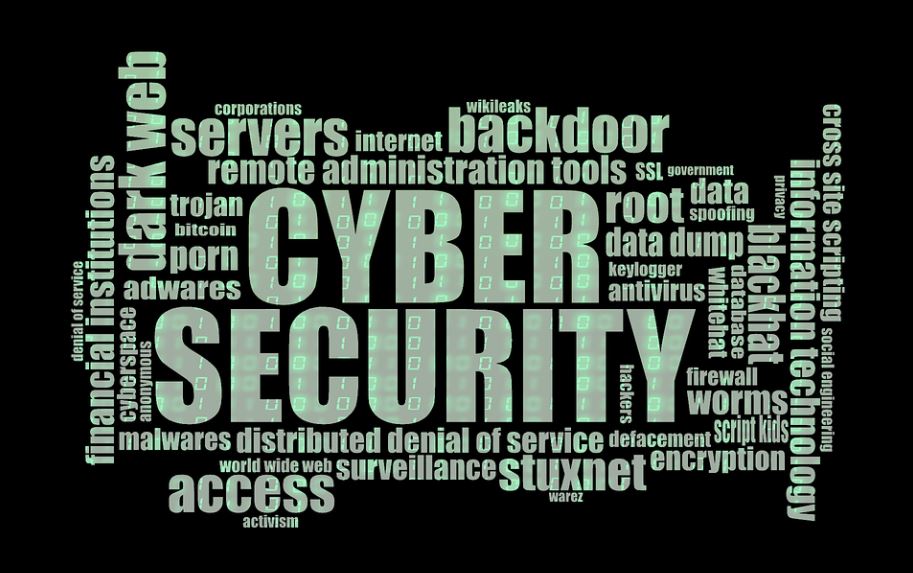Endpoint security is an emerging form of cybersecurity that’s growing in prevalence. There’s a good reason for this, as roughly 70 percent of data breaches begin at endpoints, even though this is one of the most obvious attack vectors, and has the attention of nearly every security expert.
The purpose of endpoint security is to, well secure endpoints, which raises the question; what are endpoints? In the most basic sense, they’re any of a number of devices that connect to and communicate with a network. These can come in a variety of forms, but laptops, sensors, IoT tools, phones, printers and servers are all common examples of endpoints.
It should go without saying securing these is essential to keeping enterprise networks out of harm’s way. But this is easier said than done (clearly, considering the aforementioned statistic). In the past, it was easier for organizations to secure their endpoints, as networks were largely internal and IT departments could keep stock of endpoints and limit access based on strict, approved criteria. If this doesn’t sound the modern workplace, that’s because things are completely different today.
Now more than ever, due to increasingly sophisticated threats, as well as a proliferation of endpoints connecting to networks—many of them being personal devices—security experts have their hands full. These are some endpoint security best practices to keep your organization ahead of threats.
Don’t Compromise on Securing Every Endpoint
Based on what experts know about the prevalence of endpoints as an attack vector, there’s no excuse for letting devices connect without monitoring and securing them. Tools and permissions need to be put in place that make sure endpoints aren’t allowed to gain access to data beyond their scope. By implementing effective rules via endpoint security tools and protocols, you can eliminate much of the dangers associated with this kind of network security.
Formulate Bring-Your-Own-Device Ground Rules
As already mentioned, the way people connect to enterprise networks today is simply not the same as it was a few years ago—much less in past decades. For many organizations in the modern economy, personal devices and bring-your-own-device (BYOD) are simply part of everyday operations. But this drastically changes the game of keeping your enterprise networks secure.
There are a few things organizations can do to mitigate some risk here. First, you always want to educate employees about the risks associated with keeping networks safe. Make sure they understand they play a role in this process. You’ll also want to have processes in place for how to secure BYOD endpoints—whether through passwords, guest accounts, permission policies, or another method.
Get the Right Tools for the Job
You’re not going to do enough to protect your enterprise networks if you don’t have tools that are up to the challenge. Look for endpoint detection and response security in tools, services, and platforms that can be integrated with your network. Here are a few things to look for when evaluating these:
- Do they offer comprehensive visibility and control? You want to be constantly monitoring for suspicious activity at all endpoints.
- Can they respond in real time? You’re not going to stop every threat every time. But real-time response means you can mitigate damage before it gets to a critical level. Having automated triage and response protocols in place ahead of a breach can be a life-saver for organizations that experience an advanced attack.
- Do you get experts on your side? It’s one thing to have a great set of tools and services, it’s another to have the people who know them best helping you at every step of the way. Support from the provider’s engineers can make a huge difference in identifying and stopping attacks in their tracks, or even just patching vulnerabilities before they can be exploited.
Data breaches are no joke. The average cost of one in 2020 was just under $4 million, and that’s only going to keep rising as nefarious groups attack organizational networks for their own profit. Endpoint detection and response can help your enterprise keep ahead of these ever-evolving threats.

